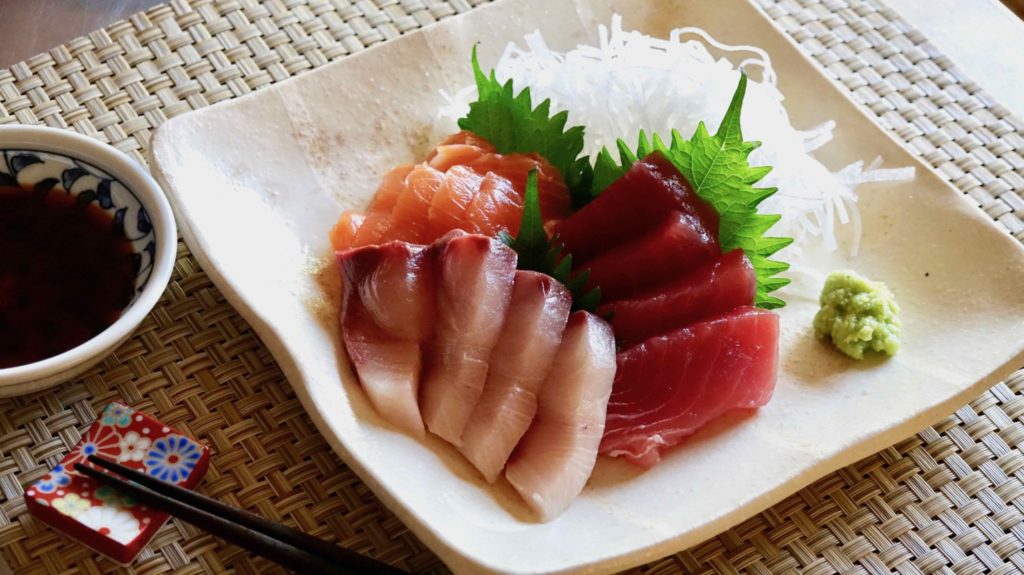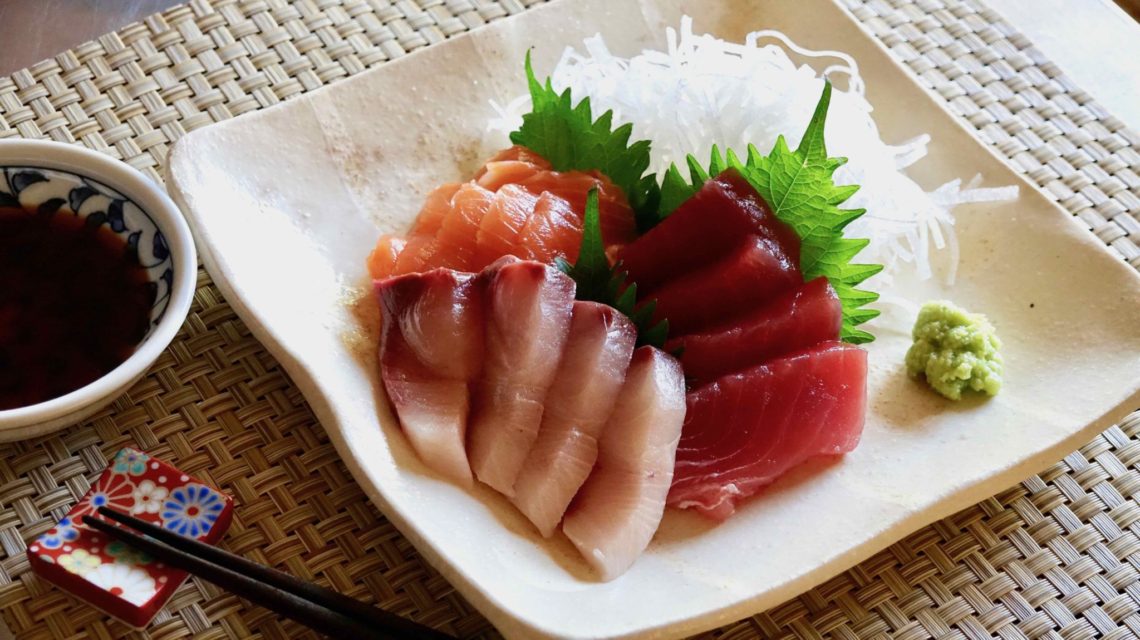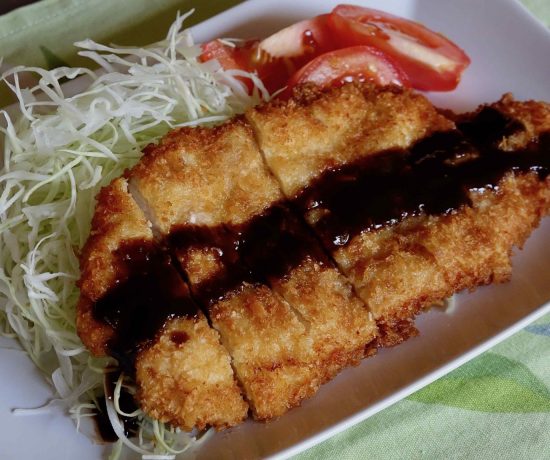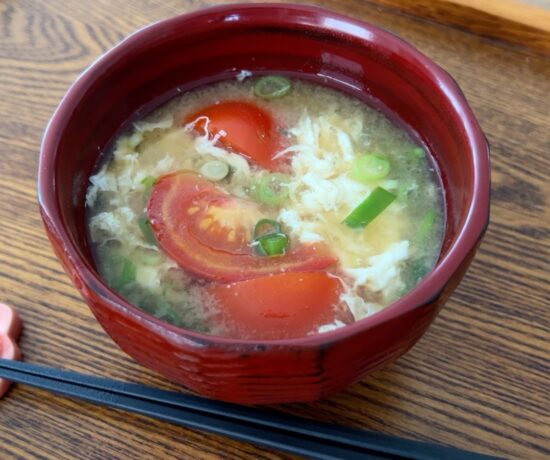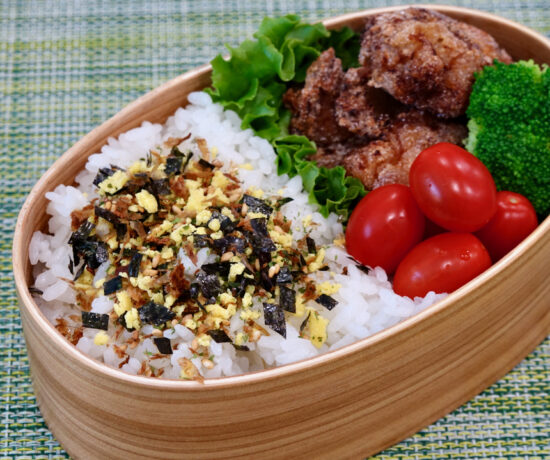Sashimi is sliced raw fish and has been eaten by Japanese people for hundreds of years. Usually Sashimi is served with Soy Sauce to dip, but sometimes salt or citrus juice is preferred for some fish. Sashimi is an essential part of Japanese cuisine, and it is becoming more and more popular outside Japan too.
Since Japan is a group of islands and surrounded by seas, there is always an abundance of fresh fish. Naturally, a lot of people there have had access to fresh raw fish for a long time. Old documents in the 15th century already showed how people ate Sashimi even before Soy Sauce was made. And it ultimately led to Sushi culture, Sashimi combined with small ball of rice, but Sashimi still has its own identity as a special food separate from Sushi.
Sashimi can be an expensive food if you eat it in nice restaurants, however, it is still an everyday dish for dinner for Japanese people. You don’t have to have Toro (fatty tuna, extremely expensive) all the time, and people there choose more reasonable kinds of fish according to their budget, such as Katsuo (skipjack tuna) and squid. Here in the US, tuna and salmon are the most popular fish and more readily available than other kinds, so that’s what we prepared.
When you choose fish for Sashimi, the most important thing to keep in mind is its freshness. It is necessary to buy Sashimi grade fish, not just any fresh fish. The easiest way to buy Sashimi grade fish is to go to a Japanese supermarket and get Sashimi grade fillets. Some local fish markets may have Sashimi grade fish, but make sure to ask. If fish is not prepared very cleanly and if it is not fresh enough, you may get sick after you eat it raw. Fresh Sashimi is never fishy. If it smells fishy, it may not be eaten raw.
Often Sashimi is served with shredded Daikon radish called Tsuma. Tsuma is very thinly julienned Daikon and usually placed in a mound behind Sashimi. Katsuramuki, the technique to “peel” Daikon in a very thin manner, requires a lot of practice, and we used a slicer to achieve a similar effect. It may not be as thin as Katsuramuki, but it should be thin enough to eat. Tsuma is not necessary, but it has a bactericidal effect when eaten with Sashimi as well as a palate cleanser. Along with Tsuma, Shiso leaves and Wasabi are all common condiments for Sashimi. They give more flavors and spices to the dish and offer the same kind of bactericidal action.
This is not much of a recipe, but it is still a very important dish in Japanese cuisine. Besides, a lot of people think that Sashimi is something you eat at restaurants, and we wanted to show that it can be made more easily than they think. Hope you enjoy preparing and eating Sashimi at home!
Sashimi Recipe
*Links may contain ad. #CommissionsEarned
Ingredients
Instructions
- Remove skin of Daikon radish. Slice thinly with a mandolin or slicer. Stack 3-4 layers of thin Daikon, and julienne very thinly. Put it in a bowl of water and leave for 15 minutes to make it crispy. Strain and remove moisture.
- Slice tuna and yellowtail into 1/4″-1/3″ thick (6 mm-8 mm) pieces. Slice salmon thinly at a slight angle.
- Serve Sashimi on a plate with radish, Shiso leaves, and Wasabi along with Soy Sauce for dipping.
Video
